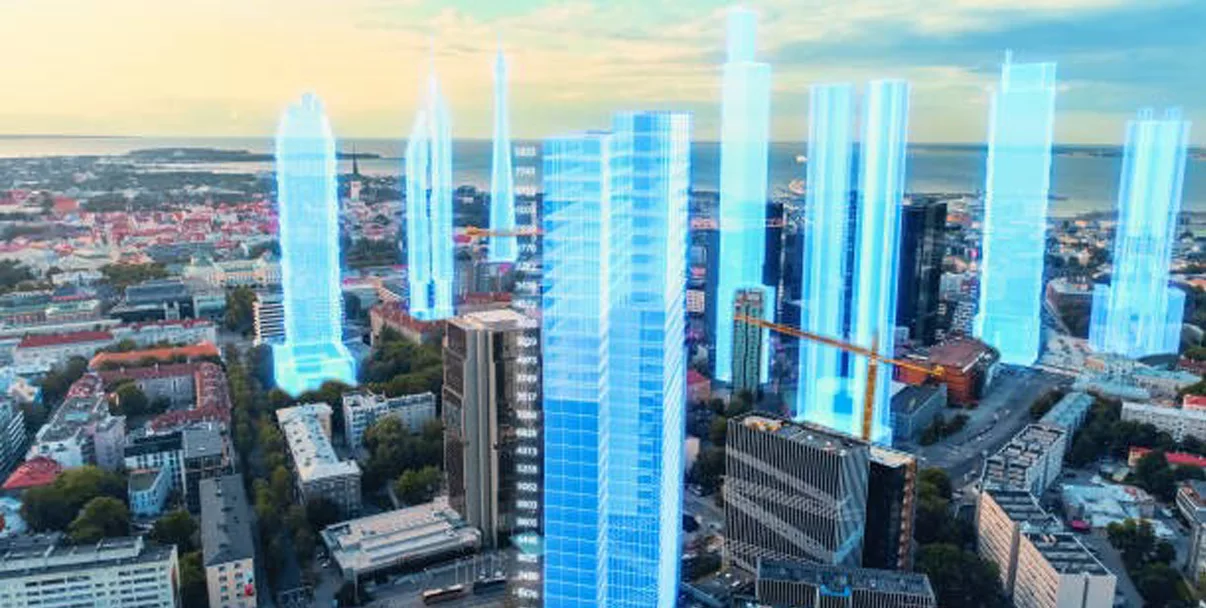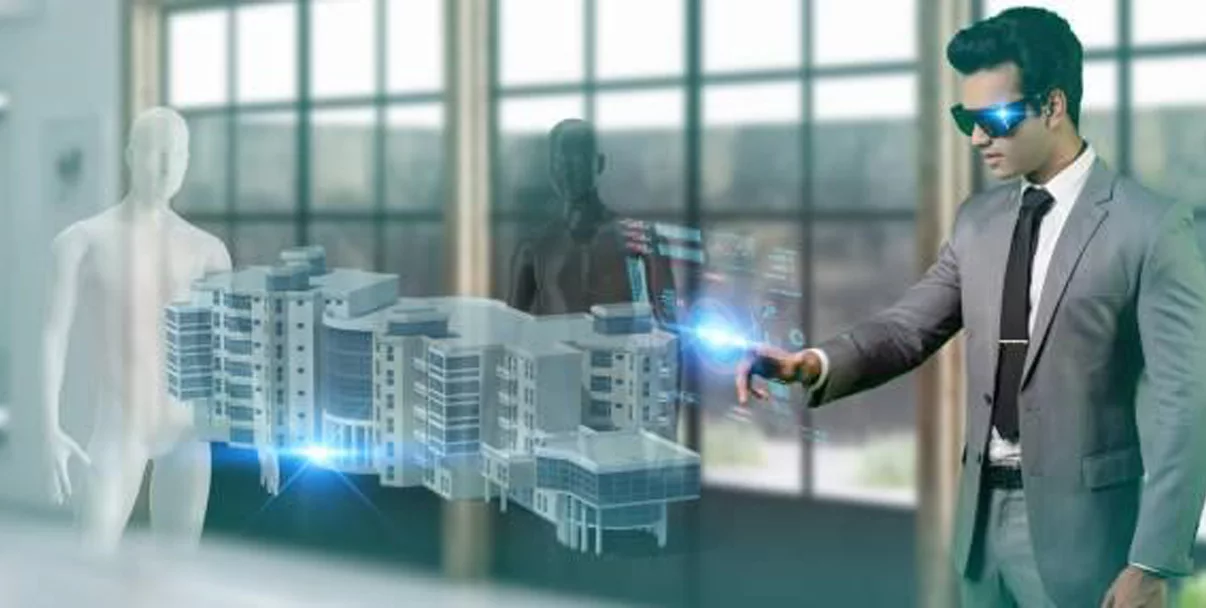Unveiling the Potential of Digital Twins
Understanding Digital Twin Technology
Digital Twin technology has emerged as a revolutionary concept, changing the way industries operate and innovate. A Digital Twin is essentially a digital replica of a physical asset, process, or system. This virtual model receives real-time data from sensors and other data sources attached to its physical counterpart, enabling continuous monitoring, analysis, and optimization.
Mechanism Behind Digital Twins
The process begins with the integration of sensors and data collection devices on the physical object. These sensors capture a wide array of data, including performance metrics, environmental conditions, and operational statuses. This data is then transmitted to a digital platform where it is processed and analysed using advanced algorithms, machine learning, and AI techniques. The digital model evolves in real-time, reflecting changes and providing predictive insights.
Diverse Applications of Digital Twins
Digital Twin technology is being adopted across various sectors due to its versatility and efficacy:
- Construction Planning and Management: Digital twins can simulate construction processes, identify potential issues, help identify risks and develop mitigation strategies.
- Real-time Monitoring and Control: Digital twins can be updated in real-time to reflect the status of a construction project, they enable continuous monitoring of construction quality, ensuring compliance with design specifications and standards.
- Infrastructure and Urban Planning: Digital twins of urban infrastructure (roads, bridges, utilities) help city planners optimize resource use. They can also simulate natural disasters and other emergencies.
- Renovation and Retrofit Projects: Digital twins can create accurate as-built models of existing structures, which are essential for renovation and retrofit projects. They allow for the simulation of different renovation scenarios, helping to identify the most cost-effective and efficient solutions.
GeoCentroid’ s Integration of Digital Twins
GeoCentroid, a pioneer in BIM, As-Built Modelling, Visualization & GIS technology, is leveraging the power of Digital Twins to enhance its offerings. By combining GIS with Digital Twin technology, GeoCentroid provides urban planners, environmental scientists, and city administrators with robust tools for detailed spatial analysis and simulation. This integration allows for accurate modelling of urban environments, facilitating better planning and decision-making processes.
Advantages of Digital Twin Technology
The implementation of Digital Twin technology offers several key benefits:
- Proactive Maintenance: Real-time monitoring and predictive analytics enable early detection of potential issues, reducing maintenance costs and preventing failures.
- Operational Efficiency: Digital Twins help in optimizing operations, improving productivity, and minimizing waste.
- Informed Decision-Making: Continuous data flow and advanced simulations provide valuable insights, aiding strategic planning and resource allocation.
In conclusion, Digital Twin technology is transforming industries by bridging the gap between the physical and digital realms. GeoCentroid’ s innovative approach to integrating GIS with Digital Twin solutions exemplifies the potential of this technology to revolutionize urban planning and resource management. As the adoption of Digital Twins continues to grow, industries can expect enhanced efficiency, improved safety, and smarter decision-making.
Harness the power of Digital Twins with GeoCentroid, and step into a future where the digital and physical worlds seamlessly converge.
#DigitalTwin #DigitalTwinTechnology #GeoCentroid #SmartCities #VirtualModeling #DigitalTwinSolutions #RealTimeData
#DigitalTwinInnovation #InfrastructureManagement #DigitalTwins


